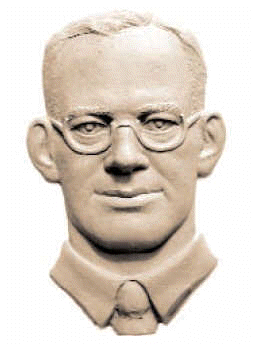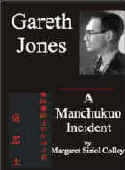Gareth Jones
[bas relief by Oleh Lesiuk]
HOME |
Stop Press |
Complete Soviet Articles & Background Information |
Précis of Gareth's
|
All Published Articles |
BOOKS
|
|
|
|
More Than Grain of Truth(2005) |
|
|
TOPICAL
'Are you Listening NYT?' U.N. Speech - Nov 2009 |
Gareth Recognised at Cambridge - Nov 2009 |
Reporter and the Genocide - Rome, March 2009 |
Order of Freedom Award -Nov 2008 |
Premiere of 'The Living' Documentary Kyiv - Nov 2008 |
Gareth Jones 'Famine' Diaries - Chicago 2008 |
Aberystwyth Memorial Plaque 2006 |
GENERAL
Scholarship Fund |
Site Map |
Links |
Legal Notices |
Sponsored Links |
Contact |
1933 Famine Photo's of Kharkov, Ukraine, from Dr. Ewald Ammende's {early winter} 1935 'Muss Russland Hungern?' [Must Russia Starve?],
published by Wilhelm Braumüller, Wien [Vienna].
Much controversy has been associated with validity of any photos published in the West purporting to be genuinely from the time of the Holodomor. Unfortunately, the approximately 70-year old source material has only been available to a few academics. As part of our ongoing research, since it was discovered that a couple of these dubious [1921] 'Soviet famine photos' were amongst the private papers of Gareth Jones, which he had in his possession before embarking upon his tragic final journey away form his home in October 1934. Therefore at the Gareth Jones Archives, we have decided to embark on endeavouring to source and publish all readily available material to a wider online readership.
However, at present this research is by far from incomplete as we require sight of archival material from the Hearst Press and the London Daily Express, amongst others. But for the moment. consider this website as work inprogrss...
Nevertheless, the provenance of any 'famine' photo on this website is neither claimed nor implied and are shown for comparative academic research purposes.
However, Marco Carynnyk's in his paper entitled; 'Swallowing Communism: Pro-Communist Ukrainian Canadians and Soviet Ukraine in the 1930s' believes them to be authentic, where he wrote: "[Ammende's 'Muss Russland Hungern?'] book contained twenty-one pictures, which were described as having been taken by an Austrian technical specialist in Kharkiv in the summer of 1933. They are for the most part shots of streets and show shops that did not exist in 1921. Unless evidence to the contrary is presented, these twenty-one pictures are the only photographs of the famine that may be accepted as both genuine and authentic. [There was an accompanying footnote to this paragraph (#48) which read; "It now appears that the genuine and authentic photographs in Ammende's book were taken by Alexander Wienerberger. See his Hart auf Hart: 25 Jahre Ingenieur in Sowjetrussland which contains many of the photographs in Ammende's book, and the collection of photographs from Cardinal Theodor Innitzer's archives in Vienna in The 1933 Original Photographs from Karkiv, Ukraine."]
Translations from the original German captions below are 'as is' [E. & O.E] - though any suggested improvements or corrections would be appreciated - please email them to me directly at nigel '@' colley.co.uk
Click on any thumbnail for a higher resolution and more detailed photo.
























